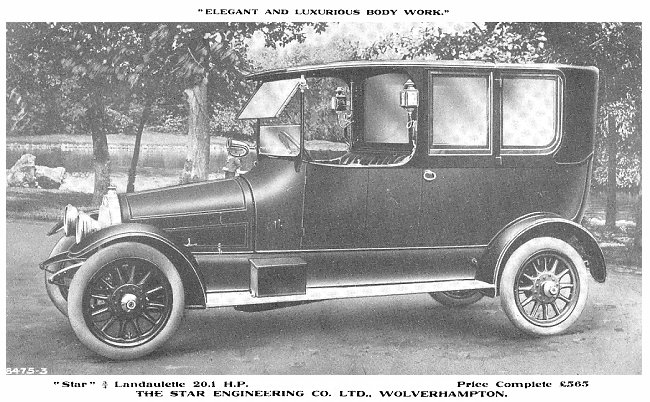
From an old postcard.
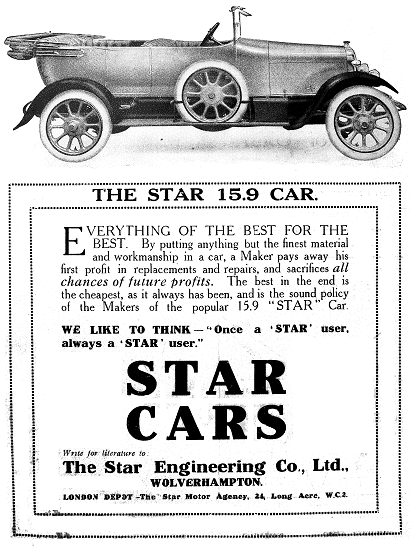
An advert from 1920.
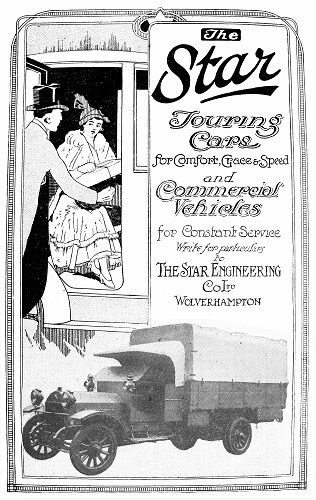 |
An advert from around the end
of the First World War. |
| When hostilities ceased, normal production soon
got underway, although selling prices were much higher than before
the war.
The 15.9hp. model now sold for £750, and the 20.1hp. car
cost £875.
Post-war inflation soon pushed-up the prices. By
February, 1921 the selling price of the 15.9hp. tourer had reached
£990, and the 20.1hp. tourer sold for a staggering £1,065, a great
deal of money at the time, which made the cars almost unsaleable.
The prices soon fell however because of the post-war recession. |
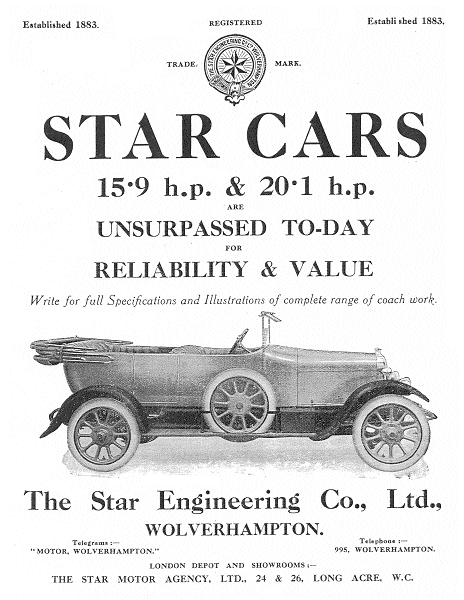 |
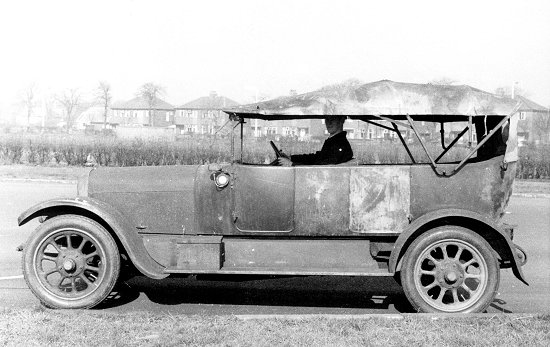 |
A 1920 Star 15.9hp. car, as
found in 1961. Courtesy
of Peter Lisle. |
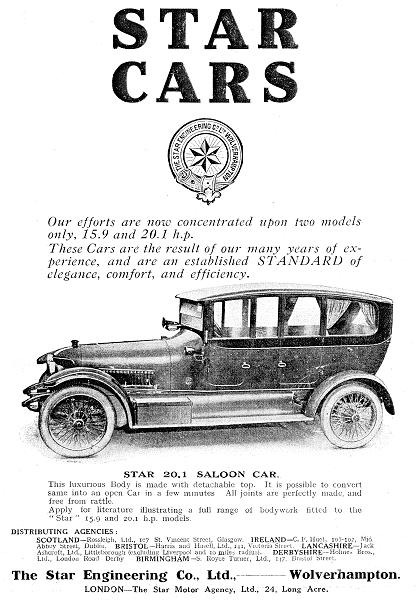
An advert from 1919. |
|
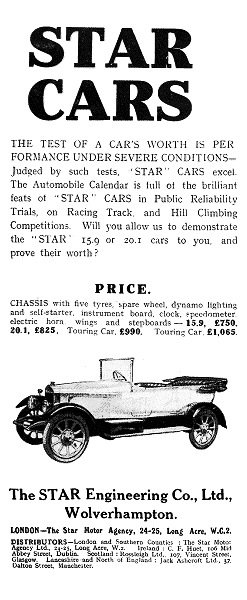
An advert from 1921. |
|
In June 1921 Star introduced a new 11.9hp. car
that had a 1.795litre side-valve engine, and a 3 speed and reverse
gearbox, with central gear change. The following models were
available:
|
Model |
1921 price |
1922 price |
|
Chassis |
£395 |
£350 |
|
Two-seater |
£495 |
£450 |
|
Four-seater |
£545 |
£465 |
|
Two-seater coupé |
|
£575 |
|
Four-seater all-weather |
|
£650 |
|
Four-seater saloon |
|
£725 |
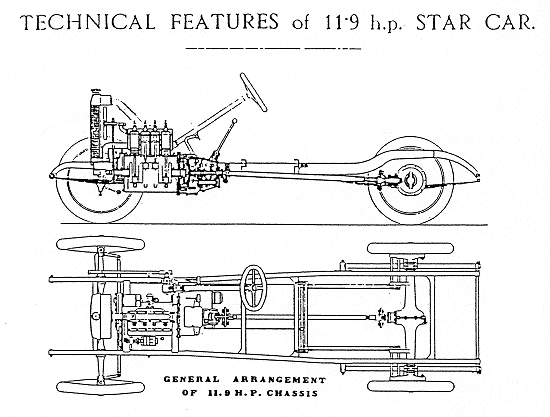 |
|
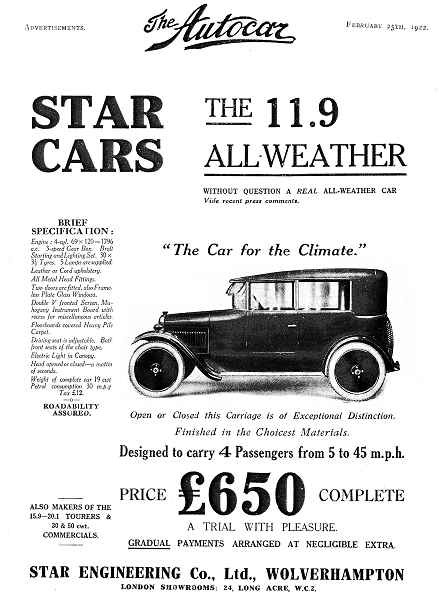
An advert from 1922. |
The 11.9 sold at the rate of 20 a week for the
next few years, in a variety of body styles.
In 1923 it evolved
into the 12/25hp. In May the following year, the 12/40hp. sports
version with an overhead valve engine appeared. |
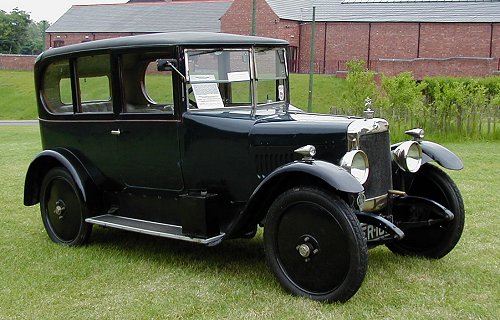
B. N. Tearle's 11.9hp.1922 Star Dorado.
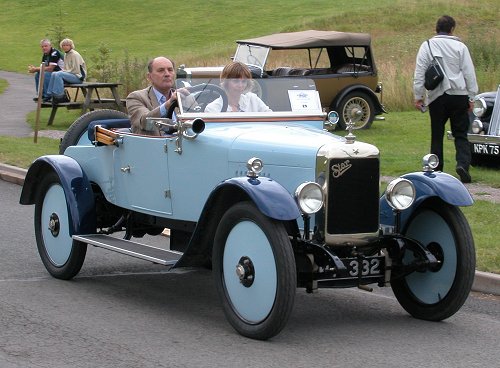
Mrs J. Collins' 11.9hp. 1922 Star Gold Medal
|
Star received a devastating blow on 14th
February, 1921 when the company’s founder Edward Lisle took his own
life by drowning in the canal at Coven. He had been suffering
from a nervous breakdown after being put under a lot of stress when
he bailed out the ailing Briton Motor Company.
In reality things weren't quite
as bad as he imagined. Briton would soon be sold, and
production at Star would continue to rise to its highest
level.
Edward lived at 'The Oaklands'
in Tettenhall, now known as the former public library in
Regis Road. He was 69 years old when he died and had
greatly contributed to Wolverhampton’s Royal School. In 1894 he generously provided the
clock, and three years later the bells, that are in the tower of St.
Luke’s Church in Blakenhall, Wolverhampton, close to where he was
born.
|
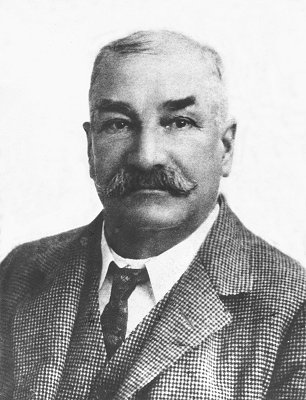
Edward Lisle. Courtesy of Peter
Lisle. |
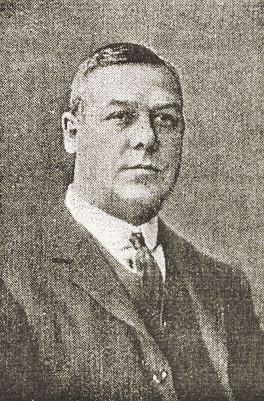
Joseph Lisle, Managing Director of
the Star Engineering Company Limited. |
The Briton Motor Company changed hands as follows:
In December 1921 the bank appointed receivers; Harold Jeddon and Edgar W. Woolley.
A month later a liquidator was appointed, the value
of the company being assessed at £30,500.
The business was soon sold to Charles A. Weight, and
on 3rd October, 1922 estate agents Page and Sons sold
the works to A. J. Stevens & Company (1914) Limited for
£7,000. |
|
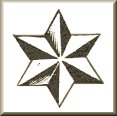 |
|
 |
|
 |
|
Return to
The
First World War |
|
Return to the
Contents |
|
Proceed to The
Later Years |
|
|